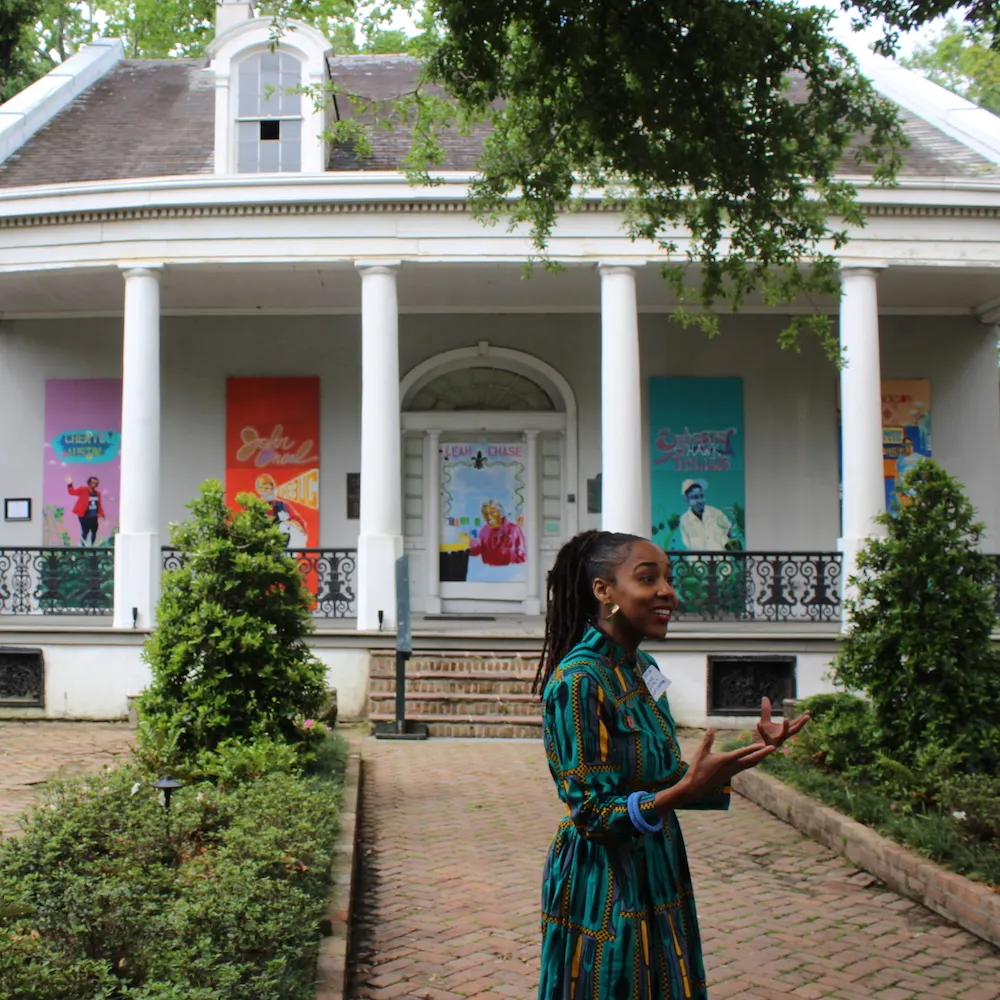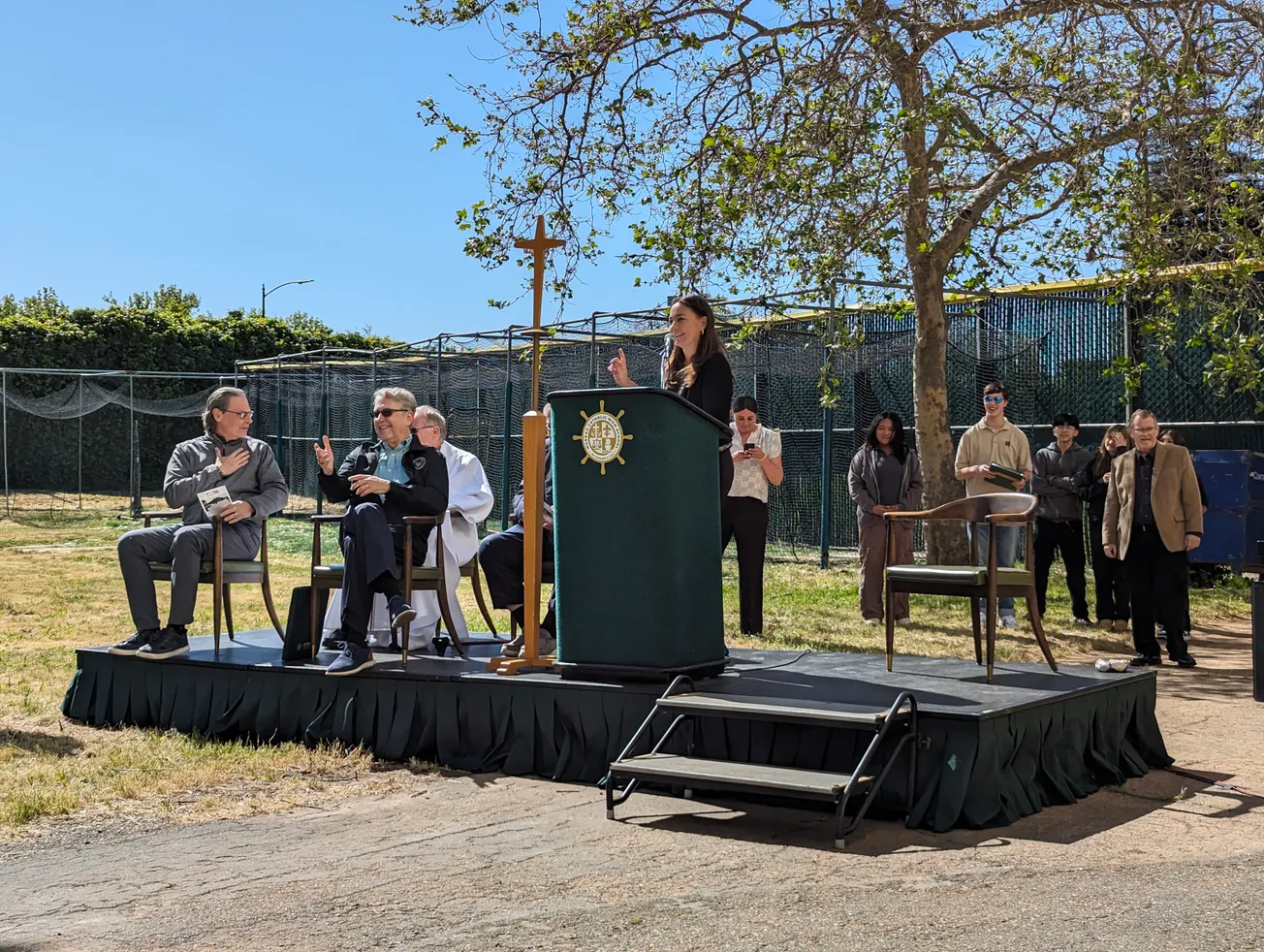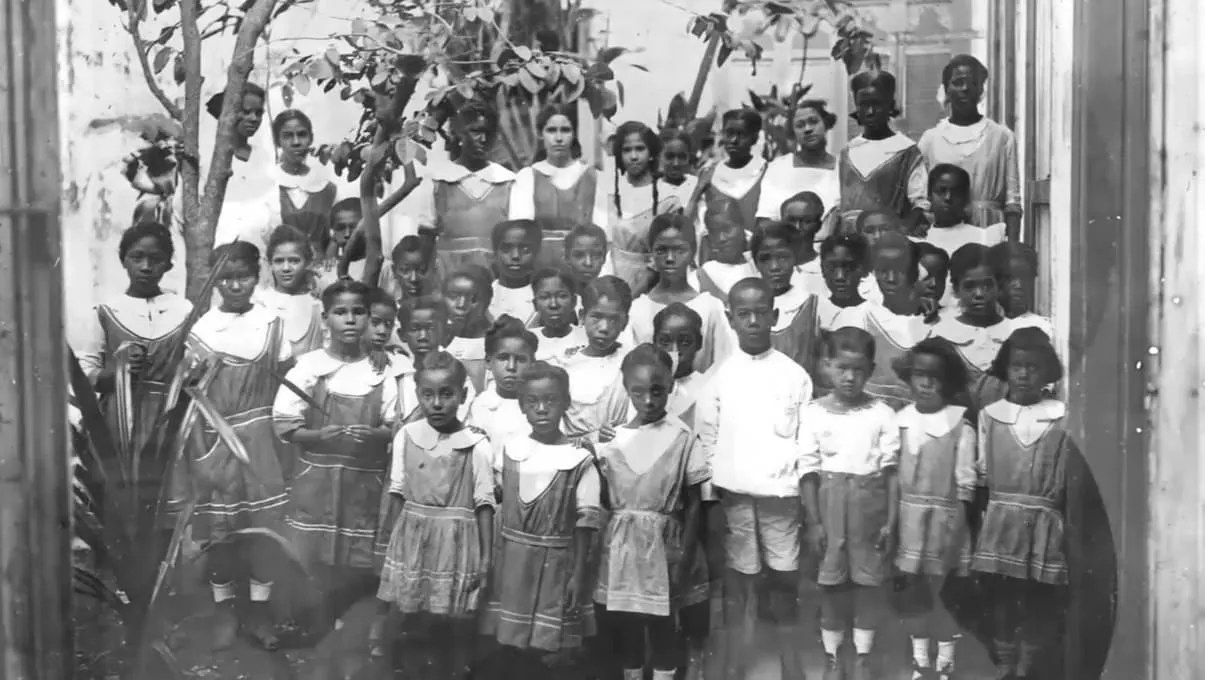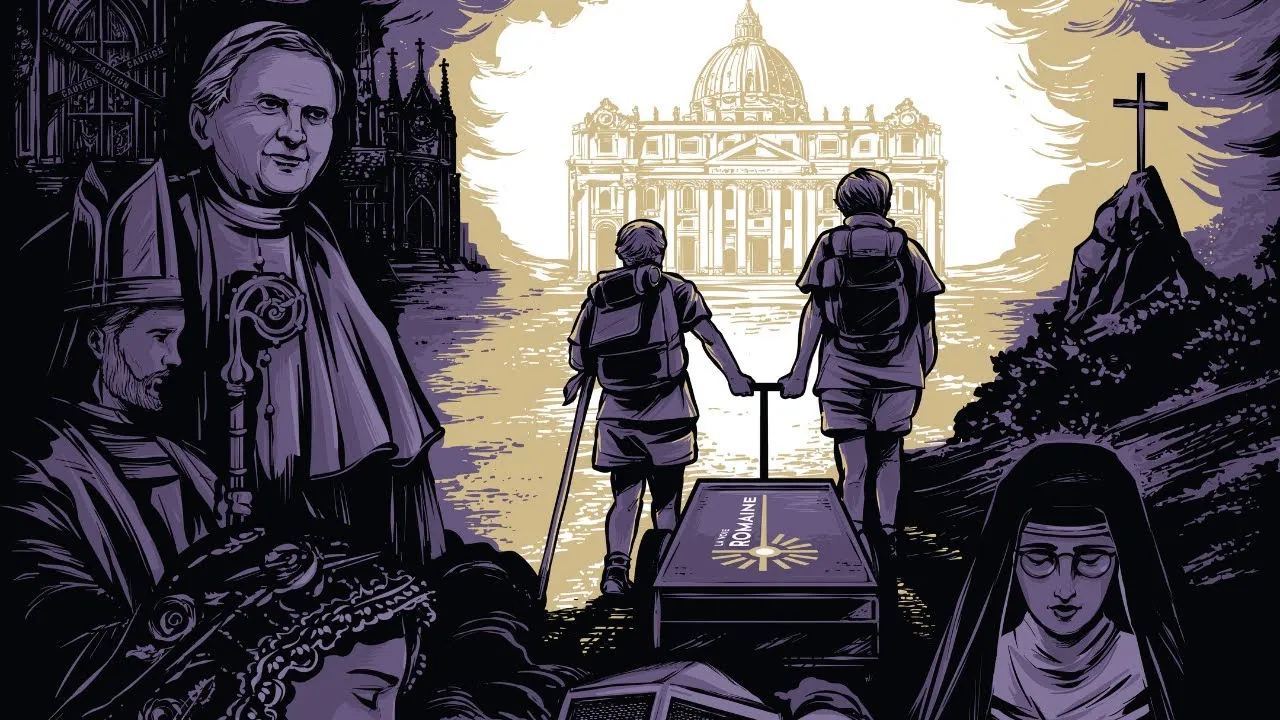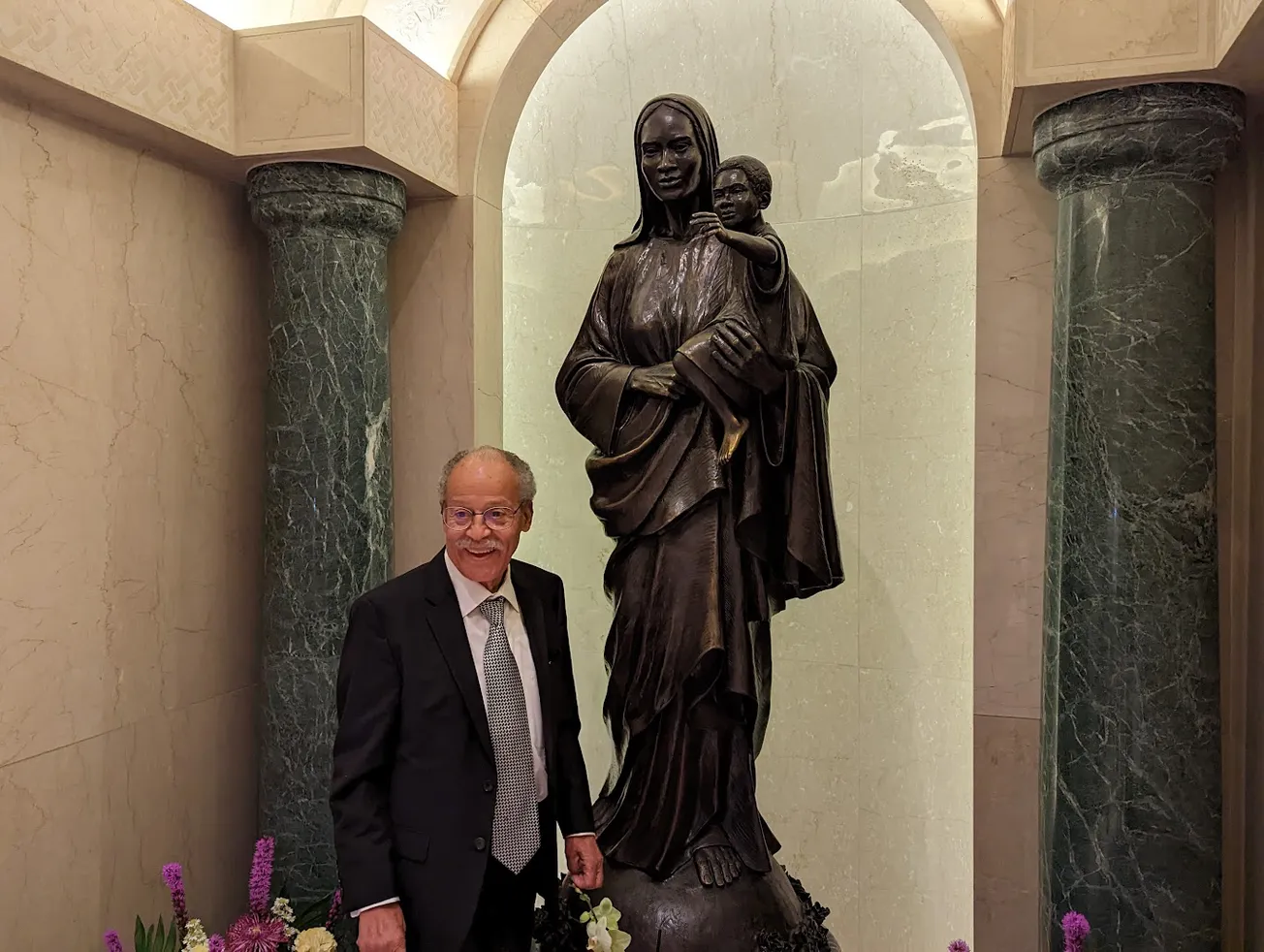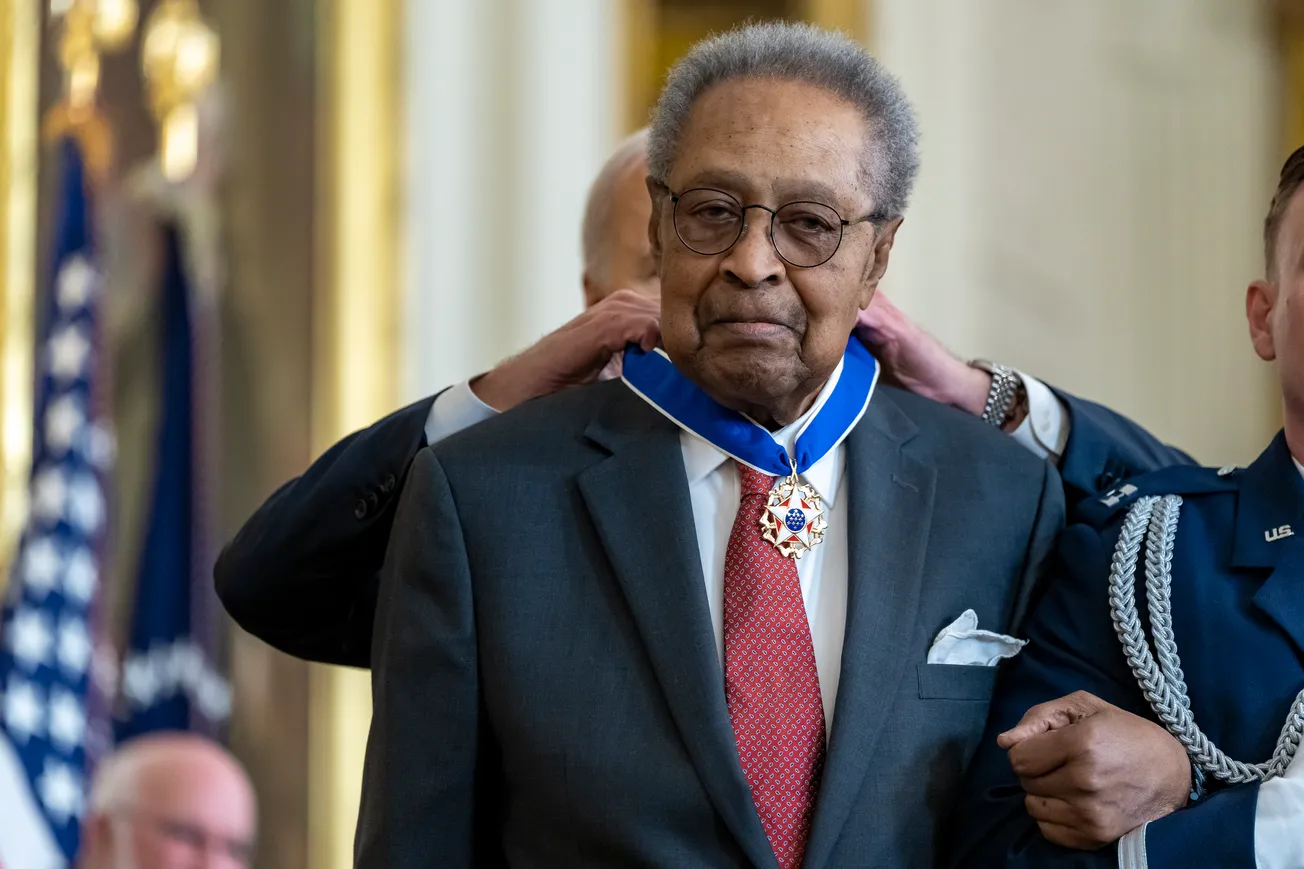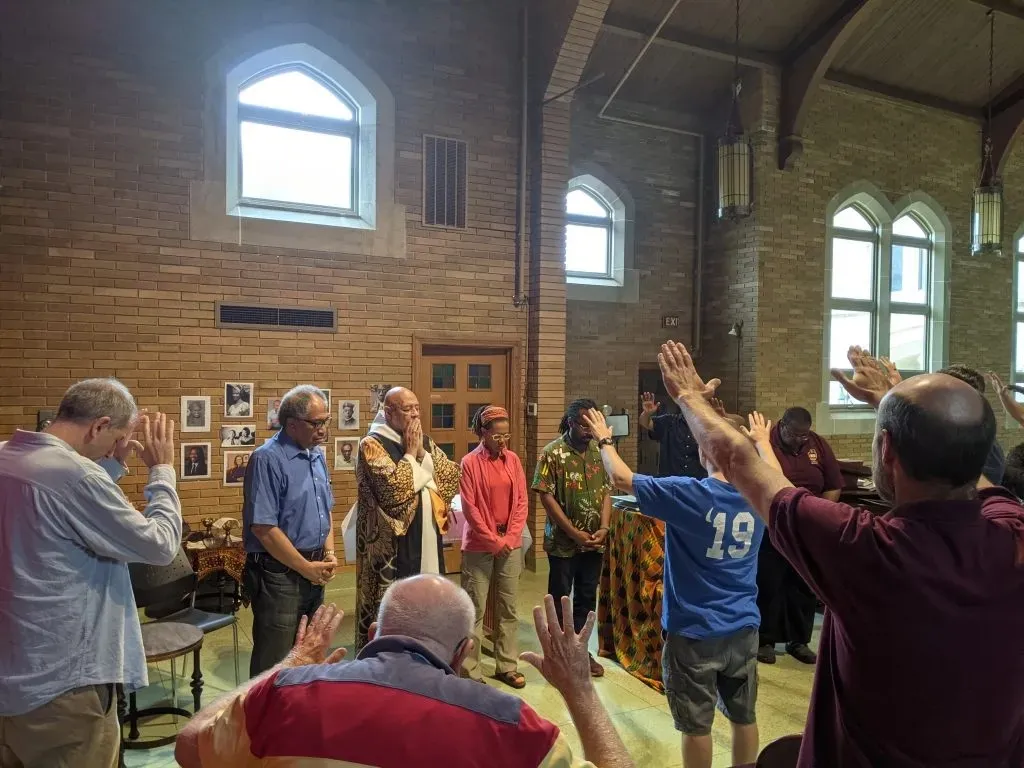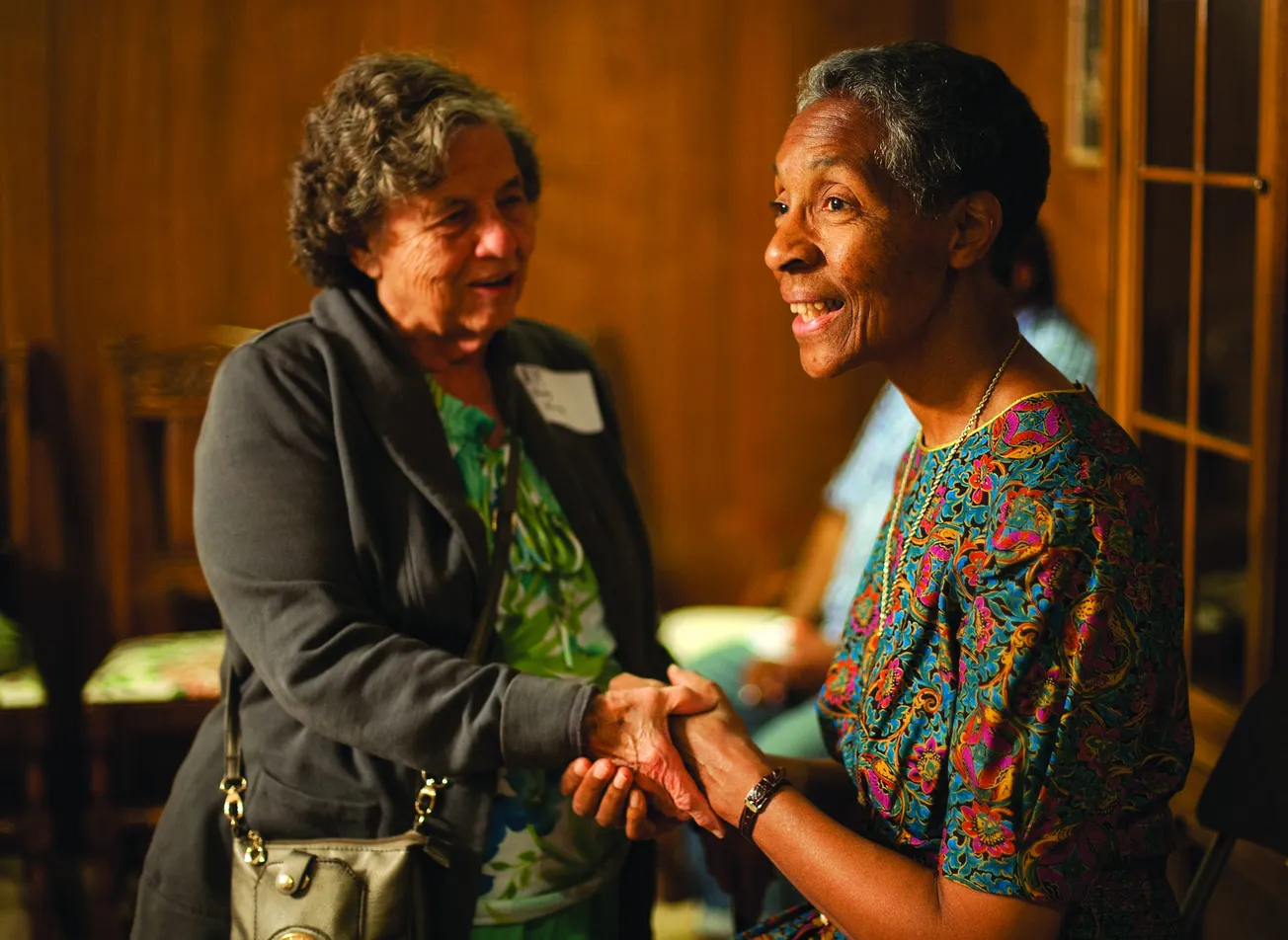NEW ORLEANS — The New Orleans African American Museum (NOAAM) is revving up for the late summer season, preparing new exhibits on the once-shuttered property in the nation’s oldest Black neighborhood. Having returned to action just before the COVID-19 shutdowns, the museum is now some eight months into a new era and has recently announced a new triumph: financial freedom.
“We recently retired 1.3 million dollars of debt,” said Gia M. Hamilton, a fifth-generation New Orleanian who helped revive the museum from dormancy after she returned home in 2009 from a lengthy stretch in New York.
“I was working at the Joan Mitchell Center at the time. I was opening their artist residency program and noticed that the museum was closed. Originally, when I was a teenager, I was a docent for the museum.”
In that moment, Hamilton saw an open door and inquired about becoming a consultant for the board, which was still functioning but no longer running an active facility, with the former exhibitions and archives in storage.
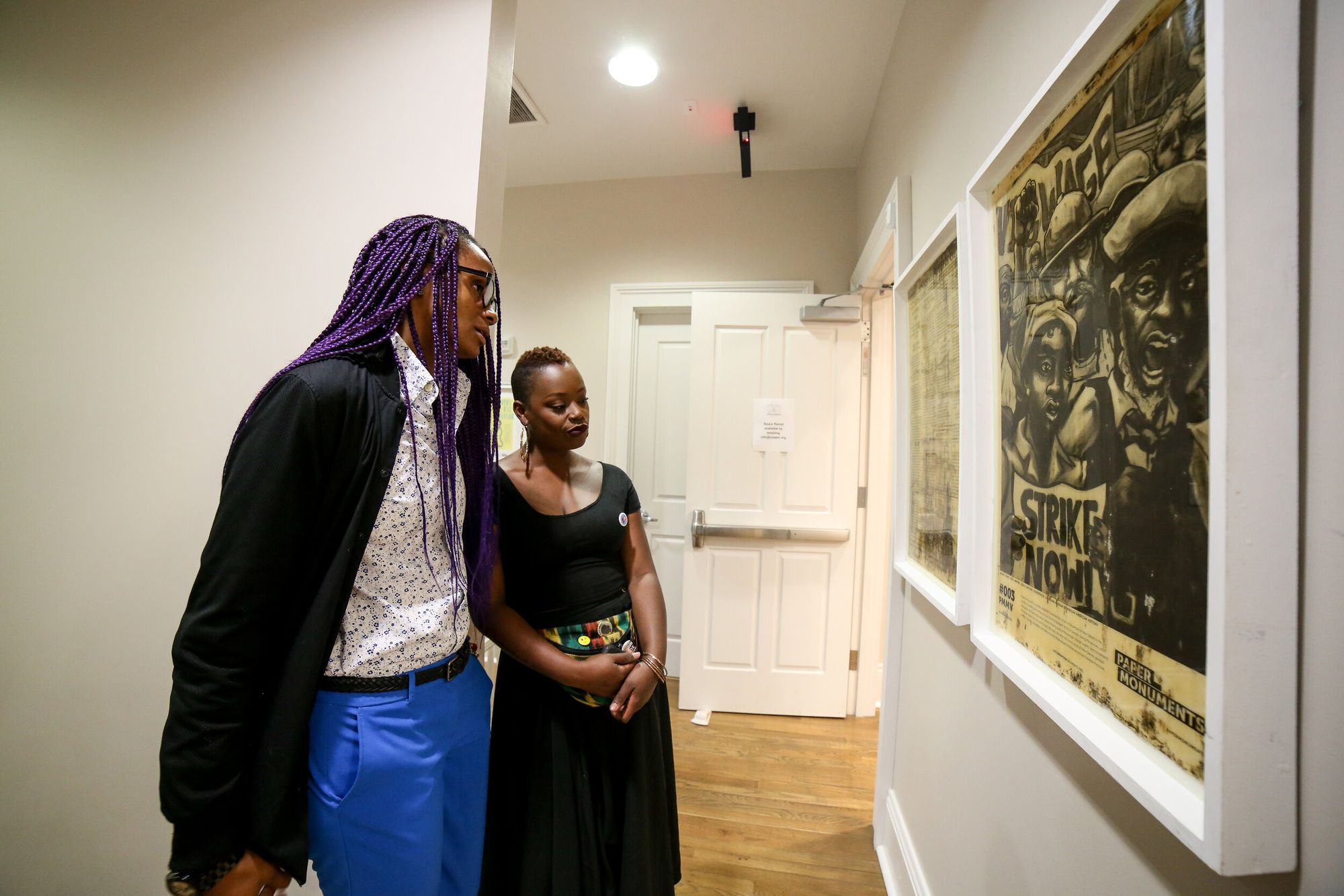
Founded in 1996 in the historic Trem← neighborhood, where Black and Black Catholic history abound, the museum first closed in 2003 amid government disputes related to government funding. It later met hard times legally and financially after recovering from Hurricane Katrina, which devastated the city of New Orleans in 2005. The museum reopened two years later and lasted roughly a half-decade before it ran out of money and fell into decades-long debt.
Much of the saga that extended the NOAAM’s most recent closure was intertwined with the much-publicized misdeeds of former board chair Irvin Mayfield Jr., a local musician and educator. He was released from prison earlier this year for embezzling government funds from a partnership with the New Orleans Public Library. Similar government deals had led to increased funding for the NOAAM, but Mayfield’s NOPL debacle soon became the museum’s as well. His tenure at the museum did not last long after it began in 2014.
When Hamilton took over “an empty building” in 2018, she was given full rein, few resources, and a firm ultimatum.
“I was given some keys and about a hundred [physical] files and a hundred electronic files, and told that I needed to reopen the museum within the first quarter or risk a number of other challenges, like the museum being in violation of relationships that they had with the city,” she told BCM.
“So it was a very challenging position. One would say it was kind of worthy of a reality TV experience.”
Part of the struggle Hamilton described is that which faces African-American institutions around the country, especially those focused on history and the arts. The New Orleans Museum of Art, a White-run institution in historic City Park, currently counts on more than a million dollars in government funding each year—a boon Hamilton says NOAAM does not enjoy.
“My conclusion is, first and foremost, that Black and brown institutions have been traditionally underfunded and inequitably funded,” she said.
“I think it's important to say that loud and clear because when an institution doesn't have reserves, when an institution is not set up with the same level of infrastructure, it can have all the amazing content but it is ultimately unsustainable in our current economic system.”
Hamilton also said the challenge of building strong, lasting leadership structures in a legacy organization can be a tall task for a small institution, as many Black ones are. A negative experience in that realm, such as that experienced by the NOAAM board with Mayfield, can spell doom.
Even so, the revival of the museum can be attributed to the board’s foresight, including a successful plan to renovate the museum’s main programming hub, known as the “Blue House.” As such, when the reopening came to fruition under Hamilton’s leadership in 2019—after a debt-related lawsuit against the museum was transformed into an amicable agreement—the exhibits had a fresh space to land in.
“The persistence and creativity of the museum's leadership continue to allow this special place to grow,” said Randy McKee, an attorney who helped guide NOAAM through its recent legal proceedings.
“They understand the work and are not afraid of what is required for growth.”
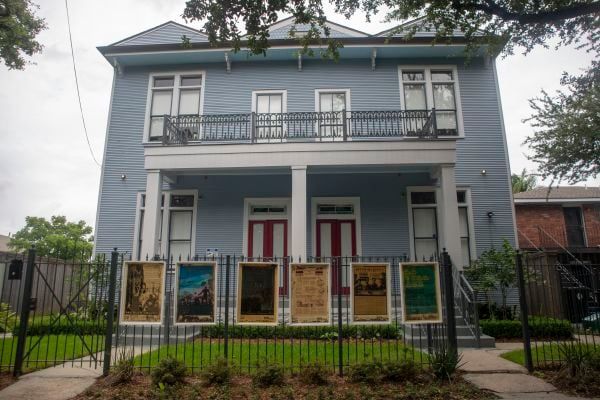
A number of high-level investors, partners, and supporters have also stepped up to the plate to assist NOAAM since 2019, including the Open Society, Mellon, Greater New Orleans, and Helis foundations, as well as a local New Orleans bank.
“It was an honor to be at the table as [NOAAM] moved to the next phase of organizational health by further professionalizing our finances. There are so many people that played a part in the work of NOAAM successfully finding its way to this moment,” said museum treasurer Kyle Wedberg.
“We are grateful to those that brought us here. This new path is also our gift to the future so that our children and grandchildren can know and grow in the spaces that are NOAAM.”
According to Hamilton, intergenerational impact is at the heart of the museum’s purpose, telling the story of Black men and women who have helped shape the city of New Orleans as well as the story of the nation—all from a small neighborhood in the heart of a river town.
“Museums are supposed to be places of inspiration,” she said, noting that young people are especially affected by what a place like NOAAM can offer.
“In the contemporary, in the now, there are artists and creators and historians and stories that are very relevant for who we are. They're rooted and connected to the past. But we also know that there are people who are being provocative and progressive who are pushing through narratives and stories that we know are going to be relevant in the future. People who are developing things, concepts that don't currently exist, and we think it's our job to tell and tell those stories and share those visuals as well.”
Currently, the museum especially looks to champion the stories of women, who are often forgotten in the Black history narrative but who—especially in New Orleans—have had an outsize impact. The poetry of Brenda Marie Osbey is one current focus, soon to be joined by the work of Florestine Perrault Collins, a Catholic known as the earliest Black woman photographer in the city.
Other exhibits include the history of slavery in the Crescent City—one of the oldest and largest trading posts in the country—and a segment on “Tremé Heroes” in a garden mural space. Beginning in September (shortly after the museum returns from a hiatus on August 16), a new “Afrofuture Society” exhibit will comprise the fourth iteration of an ongoing NOAAM series, featuring among others the work of Vince Fraser, as well as respondents to an ongoing open call for submissions from local artists. “Double Dutch” covers the life and work of Ernest “Dutch” Morial, a Catholic patriarch who was New Orleans’ first Black mayor (and the father of Marc Morial, one of NOAAM’s first major allies).
Despite its former travails, the museum is now operating under its budget each year, according to Hamilton, and is planning to renovate its full two acres of land into ready-to-use property for the museum holdings and other events. That will involve a $15-18M capital campaign, which could lead to dozens of new high-paying jobs in the city.
Hamilton said she sees the overall turnaround of the museum as the result of a “fantastic board” and as a blueprint for other museums to follow, as similar institutions struggle to find not only funding and solid infrastructure but also examples of success.
“I think big philanthropy and the people who work in big philanthropy are starting to realize and understand the work of smaller institutions like ours,” she said.
“What we're putting in place, which is a ‘decolonize the museum’ model. is something that we hope is taken and used and modified by museums and cultural institutions in the future as we develop and share.”
Nate Tinner-Williams is co-founder and editor of Black Catholic Messenger.



